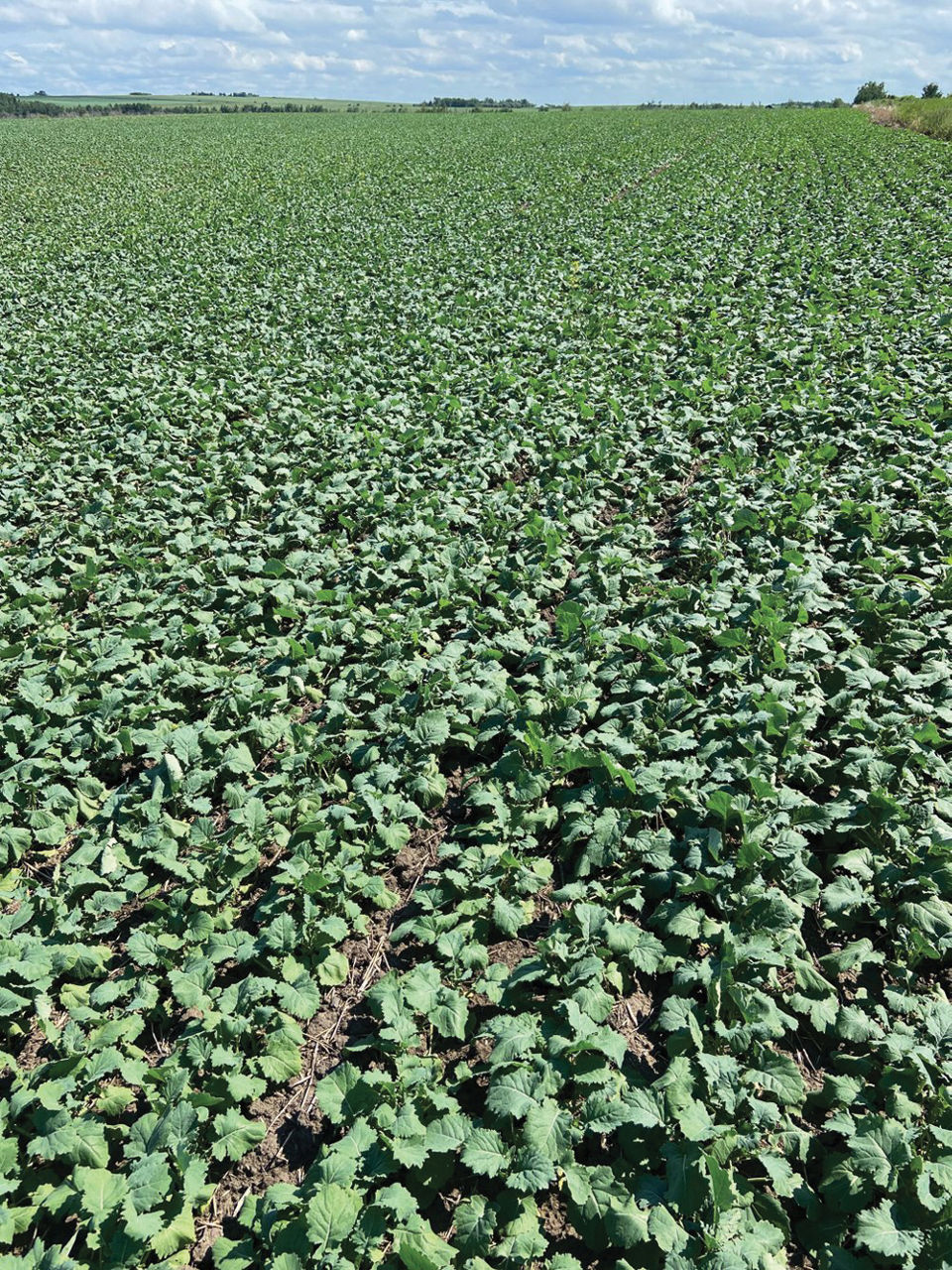Volatile markets demand attention and quick action to seize opportunities
June 27, 2025

By Clare Stanfield
How are your marketing plans going so far? If you’re finding it more difficult to get a good grasp on what the commodity markets are doing or where they’re going, it’s not surprising, says Bruce Burnett, director of markets and weather information with Glacier FarmMedia. “The volatility in the canola market has been unreal,” he says. “And wheat has been trading sideways to down for over two years now.”
Factors contributing to this situation range from the typical (high grain stocks) and the not so typical (U.S. biofuel policy) and come on top of tariffs, existing and threatened, stubbornly high fertilizer prices, and minimal breaks on production costs overall. It all means Canadian farmers are facing some challenges when it comes to selling their grain. “It’s a hard situation to define when you’re putting your marketing plans together,” says Burnett. “It’s going to be a very challenging year in terms of profitability.”
But it’s not all doom and gloom. Burnett says there may be some good earning opportunities if you pay attention and are willing to act quickly.
Canola: be observant, be quick
Burnett explains that volatility in canola markets is being driven largely by uncertainty around U.S. biofuel policy. It’s true that canola prices are governed by global vegetable oil stocks — all oils are considered equal in this context — but biofuels add a wrinkle.
“U.S. biofuel policy is important to vegetable oil markets globally because it provides additional demand for oil,” he says. “The world is increasingly using vegetable oil for various things, and that includes biofuels, and, in terms of the U.S., it is the largest consumer.” In other words, when the U.S. wants vegetable oil to meet biofuel blending mandates, there are ripple effects.
Burnett explains that Environmental Protection Agency (EPA) biofuel policies are up in the air just now. Blending mandates might be lowered, but who knows? “Where the U.S. is going to settle on this, we just don’t know,” he says. “The policies are not clear.”
Tariffs come into play, too. The U.S. used to import a lot of used cooking oil from China to meet its biofuel needs, but trade conflicts mean that is banned now. “That increases demand for North American-produced vegetable oils,” says Burnett, adding the knock-on effect of that is increased soybean crush rates to fill the gap, which leads to lower soybean stocks. “In Canada, we want to participate in this (biofuel) market, and canola is an excellent blending oil. But will there be tariffs on canola into the U.S.? There aren’t any now, but it could happen.”
Right now, says Burnett, canola markets are reacting to all this uncertainty with unprecedented volatility. “It’s all based on rumour and policy changes within the EPA,” he says, adding that inside politicking is at play, too. “It’s like Big Oil and Big Ag in Washington are lobbying hard,” he says. “The biofuel sector has this political component that other sectors don’t.”
Still, canola prices aren’t altogether awful. “We’re trading at values higher than this time last year,” says Burnett. “There is potential for profitability in canola. There will be opportunities on the basis side or the futures side.” He says farmers should set their price targets and act immediately when they see them in the market because, with this volatility, that price could disappear quickly. “Be patient but be ready to act decisively.”
Wheat: sluggish markets persist
It’s a completely different story on the wheat front. “It’s just been a slog for so long,” says Burnett. He says a United States Department of Agriculture (USDA) report released in mid-May projected new world-record ending stocks for wheat. Demand for wheat is strong, but with no shortage in supply, prices remain low. “We’re seeing contract lows for spring wheat just now,” says Burnett. “Fund managers are happy shorting the market, which just adds to the price pressure in wheat.”
Can these prices improve? Burnett says yes, but only if something bad happens somewhere. “It would take a couple of major exporter nations to suffer crop reductions for wheat prices to increase,” he says. The USDA recently forecasted another record wheat crop for the 2025-26 crop year. With so much wheat sloshing around, it would take some major losses to put a dent in current wheat stocks.
“The upside for wheat is that it’s not as volatile as canola,” says Burnett. It means farmers can market their grain with a little more calm. “Wheat production costs are lower, too — not by a lot, but lower. If we do see a decline in wheat stocks, it’s going to be marginally profitable.”
Having said that, anyone with old crop should be looking at what’s on offer. “Old crop wheat prices are surprisingly strong, even though futures have dropped” says Burnett. He says there are some good opportunities for old crop canola, too.
This year, maybe more than most, farmers will need to stay on top of market reports, be a bit sharper when it comes to setting price goals and be ready to act quickly.
